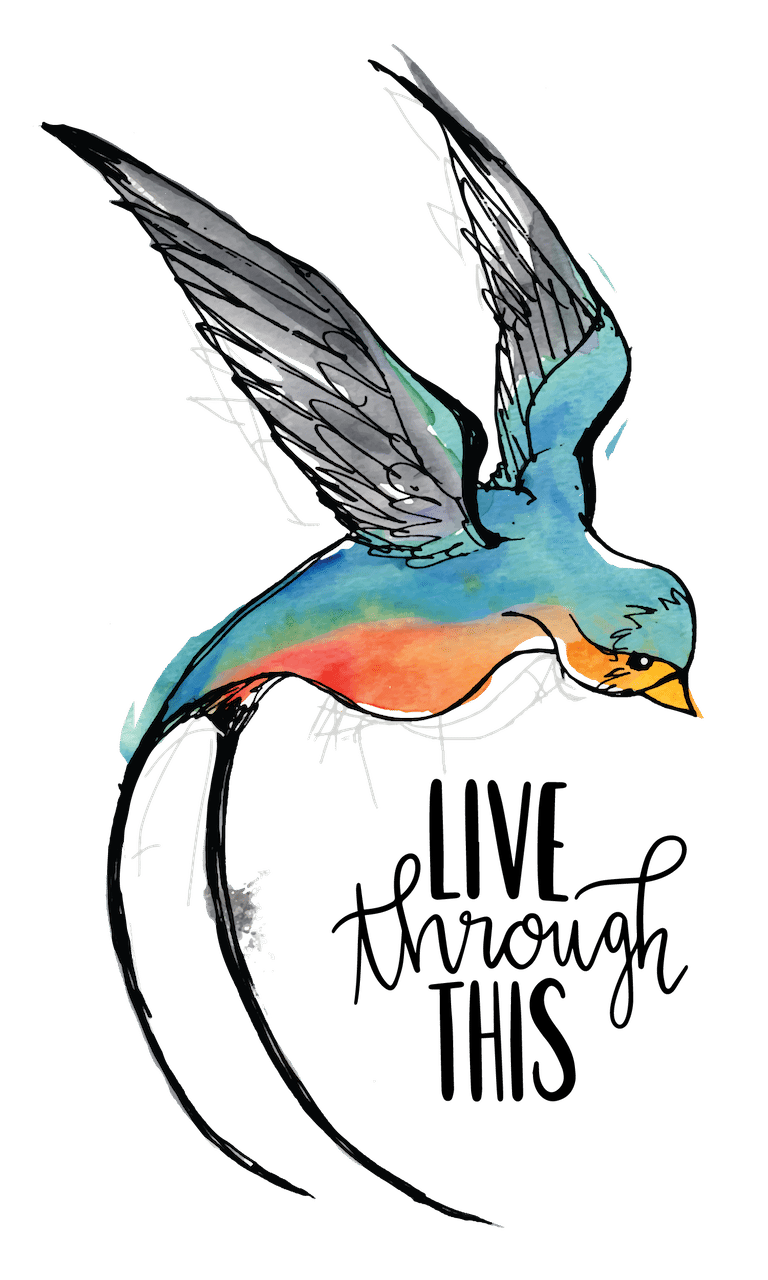What Is Live Through This?
What is Live Through This?
What is Live Through This?
Established in 2010, Live Through This is a collection of portraits and true stories of suicide attempt survivors across the United States.
Suicide: we don’t know how to talk about it, and we’re afraid to think about it. Whether we avoid it or confront it head on, the truth is that suicide does not discriminate. Nearly two million Americans attempt suicide each year. Suicide is one of the leading causes of death in the U.S. Prior to the COVID-19 pandemic, suicide was the 10th leading cause of death in the country. Suicide kills over 100 Americans every day, and nearly 50,000 of us every year.
1.7 million Americans attempted suicide in 2021 (the most recent year for which we have data). Ninety percent of those people will go on to live out the natural course of their lives. Unfortunately, prior to a decade ago, suicide attempt survivors were an almost unilaterally anonymous group—millions of people shamed into silence and reduced to statistics, living in constant fear of prejudice and discrimination at home and in the workplace.
Media coverage and public attention typically focus on people who died from suicide, rather than those who lived to tell the tale, forfeiting an important opportunity to truly understand the complicated issue of suicide from a first-person perspective. Research tells us, however, that these stories are important: public attitudes change when people are exposed to those affected by mental health differences. Suicide is not always connected to mental health diagnoses (54% of Americans who died by suicide between 1999-2016 did not have known mental health differences), but I believe these findings can be extrapolated to the issue of suicide.
Live Through This fills that gap, reminding us that suicide is a human issue by elevating and amplifying attempt survivors’ voices through raw, honest stories of survival, and pairing them with portraits of those survivors in the moments just after telling their stories—putting faces and names to the statistics that were the only representation of attempt survivors for far too long. It breaks stereotypes and cultural assumptions about those affected by displaying a depth and breadth of experiences of suicidality from Americans across the nation. It shows that suicide does not discriminate, but transcends categorization (like age, race, faith, socioeconomic status, sexual orientation, gender identity, or profession). It has the potential to affect us all. Just take a look at the portraits.
By participating in Live Through This, survivors take a stand: suicide is not shameful. The stories and experiences shared in Live Through This can inform and guide productive change in creating a world worth living in—for all of us.
Live Through This is the first known project of its kind, and the most extensive catalog in existence of stories told by suicide attempt survivors, for suicide attempt survivors. Its mission is to change public attitudes about suicide for the better; to reduce prejudice and discrimination against attempt survivors; to provide comfort to those experiencing suicidal thoughts by letting them know that they’re not alone and tomorrow is possible; to give insight to those who have trouble understanding suicidal thoughts and actions, and catharsis to those who have lost a loved one; and to be used as a teaching tool for clinicians in training, or anyone else who might benefit from a deeper understanding of first-person experiences with suicide.
Live Through This has been featured by CNN, CBS Evening News, VICE News, Upworthy, the New York Times, and more.
Our stories can save lives. You are not alone. Please stay.
A Further Note to the Reader:
In my work with Live Through This, I intentionally set out to collect stories from suicide attempt survivors with a wide range of experiences, and to document their stories in a way that is honest and authentic to who they are. Our community has long been silenced and pushed to the margins; in recognition of that fact, my job is to hold space for survivors as they share, whether or not I agree with their perspective. I will also occasionally publish details from a survivor’s story that are graphic and potentially triggering. If one of these stories makes you uncomfortable, know that it likely made me feel the same way. Live Through This is inclusive of every story I have collected (unless a survivor requests otherwise after I’ve conducted the interview). Ultimately, this collection of diverse voices illustrates that suicide can affect any of us—not just those we can imagine being our friend. Please read with care.
About the Artist
My name is Dese’Rae L. Stage.
The nutshell: I’m an artist, mom, suicidologist, social worker, educator, advocate/activist (which of the latter depends on how angry I am), and therapist.
I’m a self-taught photographer with experience in music journalism and crisis intervention training. I also have lived experience with suicidality and suicide loss—experiences I center in my work. I tie these threads together with Live Through This.
Live Through This has received media coverage from CBS Evening News, VICE, Upworthy, the New York Times, TIME, and many more. I speak about my work and experiences at universities and suicide prevention events, including the NIMH Director’s Innovation Speaker Series alongside Dr. Kay Redfield Jamison. Live Through This is used as a resource by clinicians and as a teaching tool at the undergraduate and graduate levels. I’ve partnered with research teams in an effort to bring attempt survivor experiences to the forefront of suicide research. I’ve received a SXSW Community Service Award, a SAMHSA Voice Award, the American Association of Suicidology’s Transforming Lived Experience Award and first place in their Paul G. Quinnett Lived Experience Writing Contest. I’m a protagonist in a documentary about suicide prevention advocates called The S Word, screening nationwide. My byline has appeared in Cosmopolitan (gay divorce), CNN (suicide), Romper (infertility), and more.
I live in Philadelphia with my babies, my dog, Dolly Parton, and my cat, Betty White. Before I had kids, my hobbies included melting into the couch watching Netflix marathons, dive bar jukebox takeovers, live music, beer (opaque, viscous, sweet stouts or the funkiest of sours) and cocktails, and talking about suicide. Now, my hobbies are naps, talking about suicide, and talking about infertility. I’m fun at parties.
You can see more of my work at deseraestage.com and you can download my full CV here.


